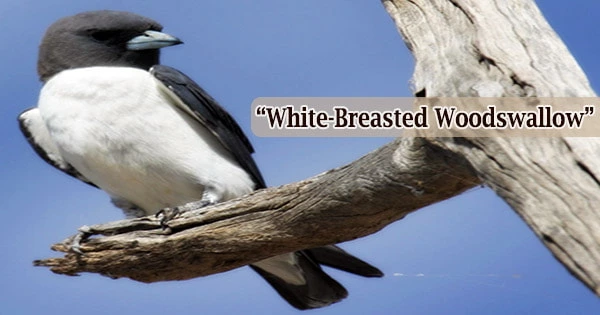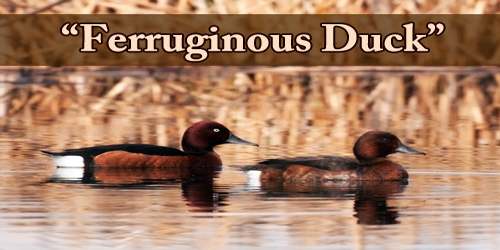The white-breasted woodswallow, Artamus leucorynchus (synonym, Artamus leucoryn; protonym, Lanius leucoryn), also known as the white-breasted wood-swallow or white-breasted swallow-shrike, as the white-rumped woodswallow or white-rumped swallow-shrike, or as the ashy woodswallow or lesser woodswallow, is a medium-sized passerine bird which breeds from the Andaman Islands east through Indonesia and northern Australia. There are eleven different species of woodswallow, all of which are specialized aerial predators with small, swift flight, long, pointed wings, a short tail, and a hefty blue-grey bill. The major colors of the males’ and females’ plumage are grey, brown, black, and white. Woodswallows are not closely related to actual swallows, hence the name is a misnomer. They actually belong to the Artamidae family, which also contains Currawongs, Butcherbirds, and the Australian Magpie. According to DNA evidence, the woodswallows, the Cracticidae family, the Cracticus species of butcherbirds, and the Australian magpie, Gymnorhina tibicen, are all members of the same ancestral lineage. Despite the fact that the woodswallows and butcherbirds are two very distinct bird families, some authorities combine them together. At this time, it appears reasonable to keep them in their own families. The species was initially described by Carl Linnaeus in 1771. Its particular epithet is a combination of the Greek terms leukos, which means “white,” and rhynchos, which means “bill.” Due to its extremely wide range, this species does not approach the range size thresholds for vulnerability (Extent of Occurrence <20,000 km2 combined with a declining or fluctuating range size, habitat extent/quality, or population size and a small number of locations or severe fragmentation). The only woodswallow without white in its tail is the White-breasted Woodswallow. It can be distinguished thanks to its characteristic “hood” and white breast. The medium-sized White-breasted Woodswallow has a dark grey head and neck. It has white underparts and underwings, a tail, and dark blue-grey upperparts. The eye is dark brown, and the bill has a bluish tint with a black tip. Young birds typically have a thin cream eyebrow and upperparts that have a mottled brown color with a creamy undertone. This species is frequently observed in groups of 10 to 50, sometimes even 100, birds. These flocks may congregate in roosts day or night.

The bifurcated (divided) tongues of white-breasted woodswallows, like those of their relatives, are a morphological trait specialized for nectar eating. White-breasted woodswallows can weigh between 35 and 45 grams and reach a maximum known size of 18 cm. Artamus leucorynchus has nine subspecies, and all of them can be distinguished by subtle variations in color, size overall, wing length, and bill size. The White-breasted Woodswallow can be found from northern coastal Western Australia through much of Queensland, New South Wales (but not on the south coast), western Victoria, and north-eastern South Australia. It can also be found over the Kimberley region into the Northern Territory. It can also be found in the Philippines, Fiji, and New Guinea. They are often found between sea level and 1,500 m in elevation (4,900 ft). Partially migratory, woodswallows move north during the autumn and south during the spring. The white-breasted woodswallow has a variable mating season across its range. Breeding typically takes place between March and May in its northern area and between August and January in its southern range, both before and during the wet season. The white-breasted Woodswallow is extremely nimble in powered and gliding flight and has wide, pointed wings. The finest circumstances for flying insects are followed by this species, which is nomadic and frequently roosts in big flocks. In order to entice a male or males, a female will stretch her wings across her back in a V shape while trembling, wag her tail, and make a low “eep” cry. It has been observed that white-breasted woodswallows cooperate in breeding, with birds other than the parents helping to care for the young. Building nests, caring for eggs, and feeding young birds are activities shared by both sexes. But unlike swallows, they hardly ever eat nectar; instead, they mainly eat insects, which they usually catch in flight. As a result, their wing shape bears a striking resemblance to that of swallows, which partly explains why they were given the common name “swallows.” Unlike their namesake, though, woodswallows will also forage on the ground. They are also frequently spotted soaring and feeding close above the woodland canopy. In actuality, woodswallows are one of the very few passerines capable of flight. It is also common knowledge that woodswallows reuse abandoned magpie lark nests as their own. Between 2 and 5 eggs make up the average clutch size. The tapering oval-shaped Artamus leucorynchus eggs are cream or pinkish in hue with darker brown speckling. It takes 15 days to incubate eggs after they are laid. The species does not reach the thresholds for Vulnerable under the population trend criterion since the population trend appears to be stable. Although the population size has not been estimated, it is thought to be well below the levels required to qualify as Vulnerable according to the population size criterion. The species’ designation as Least Concern is supported by its stable and sizable population.
















